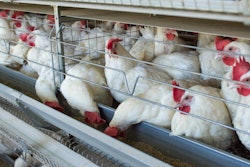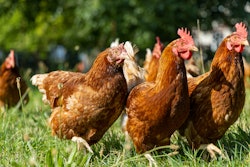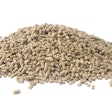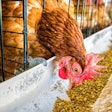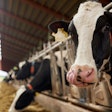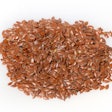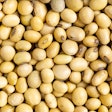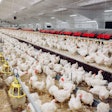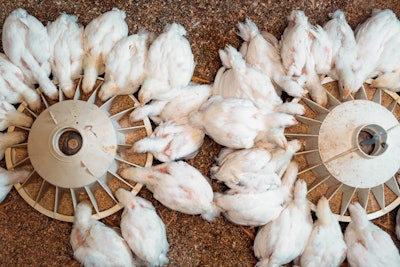
Skeletal disorders and gastrointestinal diseases cause major economic losses for the poultry industry. Experts are working on genetic improvements to address these challenges, but in the meantime, nutritional strategies, like omega-3 fatty acids can help, according to research from the University of Guelph.
“Our work in omega-3 fatty acids was inspired by the fact that doctors keep on reminding humans that taking omega-3 fatty acids is good for your health,” Dr. Elijah Kiarie, Professor, Department of Animal Biosciences, University of Guelph. “That aspect of human health is what made us create this program at the University of Guelph.”
Kiarie co-authored the study published in Poultry Science which highlighted the effects of an omega-3 fatty acid called α-linolenic (ALA) from breeder hens on to offspring.
Inherited benefits through feed
Breeder hens that were 23 weeks of age were fed one of three diets – a control, the control diet containing 1% microalgae or the control diet with 2.5% co-extruded flaxseed derived from flaxseed. Both microalgae and flaxseed are sources of omega-3
Chicks hatched from these hens at 34, 44, and 54 weeks were reared in matched or mixed post-hatch control, microalgae or flaxseed dietary groups to evaluate effects through 42 days of age. All progeny were challenged with Eimeria, the protozoan parasites that cause coccidiosis, at day 10 to assess gut health under stress.
Results showed that both the microalgae and the flaxseed diets increased n-3 PUFA levels in hatching eggs and progeny diets. During the starter phase, these diets significantly improved feed conversion ratio (FCR) in the chicks compared to control.
Progeny of flaxseed-fed hens exhibited higher body and breast weights, especially with continuous flaxseed feeding. No significant differences were noted in organ weights, immune system antibody levels or duodenum lesion scores, though the groups fed microalgae showed slightly elevated jejunum lesions after the Eimeria challenge.
This finding suggests that the source of omega-3 can impact its effect on breeder hen and progeny health and performance.
Benefits to broilers?
Many of the benefits of omega-3s in breeder hens could translate to broilers, Kiarie said.
“The broiler industry is always searching for solutions to the many challenges they are facing. Omega-3s seem to tick many of these boxes the industry is trying to improve,” he added.
The research was funded by O&T Farms, Egg Farmers of Canada, Egg Farmers of Ontario, Ministry of Agriculture, Food and Agribusiness and the Natural Sciences and Engineering Research Council of Canada.



